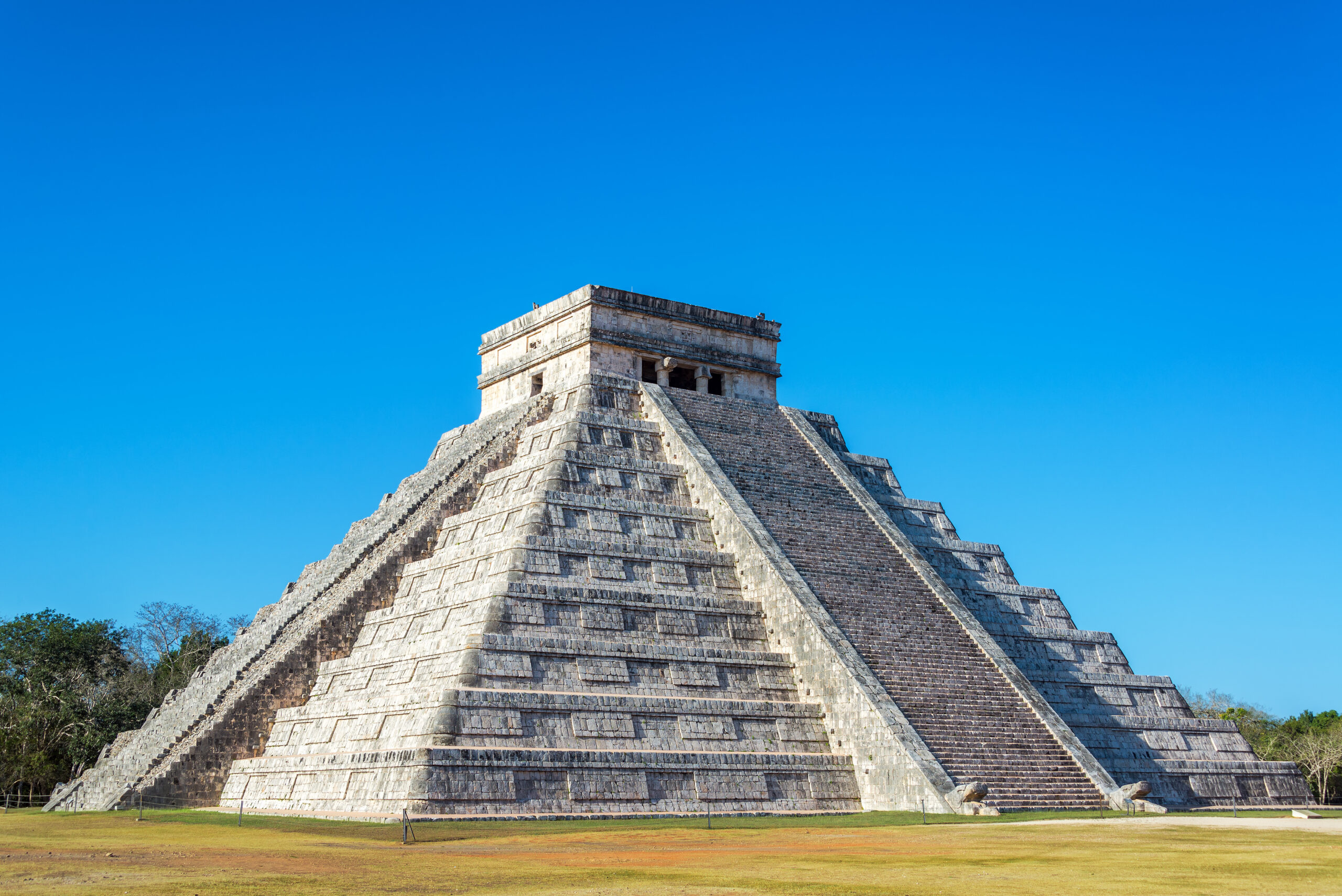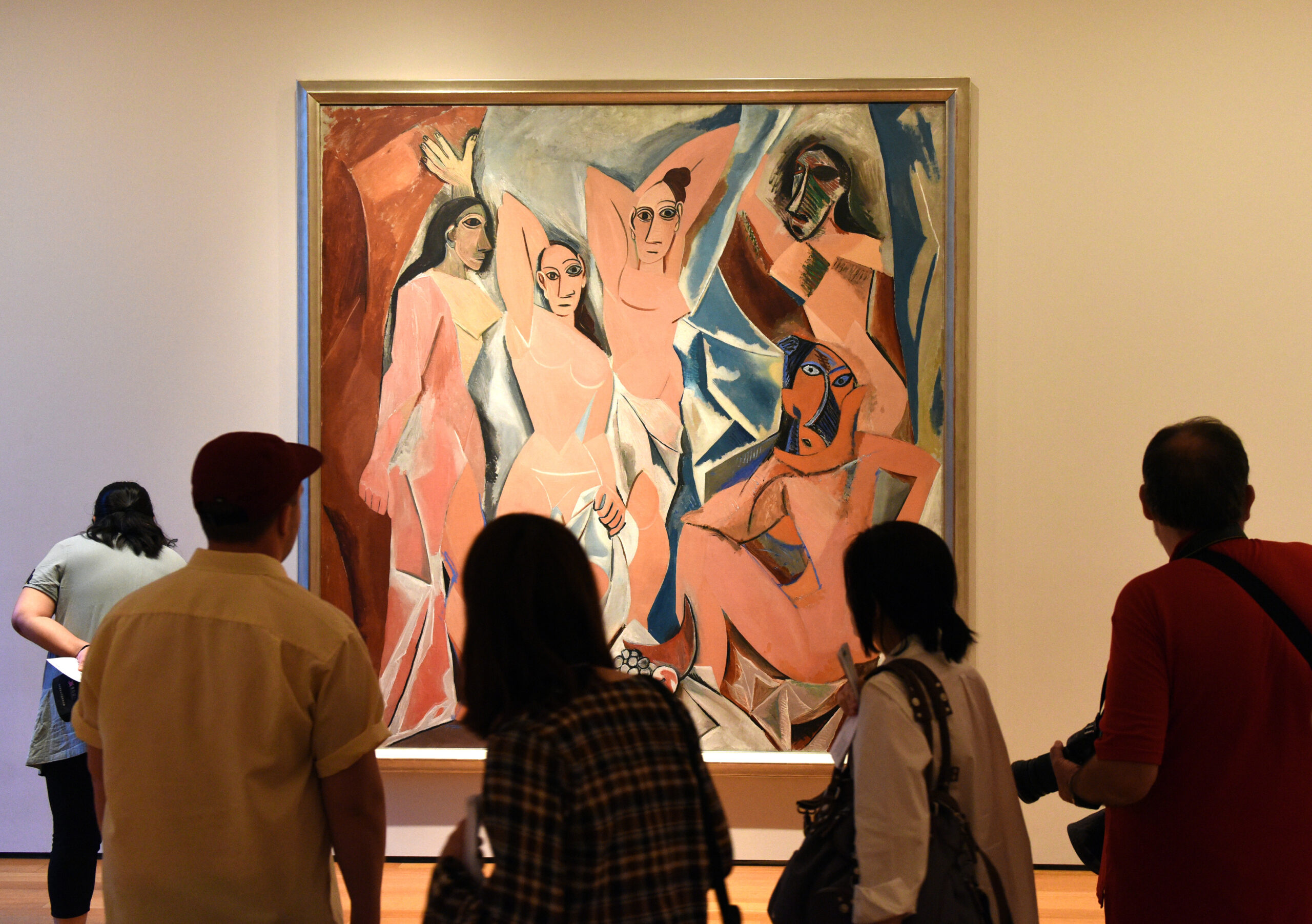In the heart of Mexico’s Yucatan Peninsula lies the ancient Mayan city of Chichen Itza, a UNESCO World Heritage Site that holds a treasure trove of secrets and history. Among its many wonders stands El Castillo, or the Temple of Kukulcan – a striking pyramid that dominates the landscape and continues to mesmerize both tourists and archaeologists alike.
El Castillo, a grandiose structure built between the 8th and 12th centuries, is a testament to the architectural prowess, advanced understanding of mathematics, and astronomical knowledge of the ancient Maya civilization. Named after Kukulcan, the feathered serpent deity of the Maya, this stepped pyramid has 365 steps, with each of its four sides having 91 steps, and the top platform constituting the final step. This design symbolizes the 365 days of the solar year and showcases how the Maya were deeply connected to their natural surroundings, the cosmos, and the passage of time.
One of the most awe-inspiring phenomena associated with El Castillo occurs during the spring and autumn equinoxes when the late afternoon sun casts a series of shadows on the pyramid’s northwest corner. The shadows create the illusion of a serpent slithering down the steps, ending at the massive stone serpent heads at the base of the staircase. This event, known as the “Descent of Kukulcan,” draws thousands of tourists who gather to witness the spectacle and revel in the ancient civilization’s wisdom.
The interior of El Castillo houses an intriguing secret – a smaller pyramid, often referred to as the “Temple of the Red Jaguar,” nestled within the larger structure. This hidden temple is believed to have been constructed first, with the outer pyramid built around it later. The Temple of the Red Jaguar contains a red-painted jaguar sculpture adorned with jade inlays and other precious stones, which was discovered during archaeological excavations. This discovery supports the idea that El Castillo was not only a temple dedicated to Kukulcan but also potentially served as a location where important religious rituals took place.
Apart from its religious and astronomical significance, El Castillo also serves as a structural and visual centerpiece of Chichen Itza. The ancient city is home to several other fascinating structures, such as the Great Ball Court, the Temple of the Warriors, and the Platform of the Skulls. However, the sheer size, intricate design, and awe-inspiring presence of El Castillo make it the most iconic and memorable feature of this ancient city.
El Castillo and its surrounding structures are perfect examples of the Puuc and Chenes architectural styles that were predominant in the region. The Maya were exceptional builders who used local limestone to create their towering structures, which have stood the test of time despite the challenges posed by the environment and human intervention. The detailed carvings on the temple’s surfaces depict various gods, animals, and geometric patterns, showcasing the artistic abilities of the ancient Maya.
Today, El Castillo in Chichen Itza remains a popular tourist attraction and a focal point for archaeologists and historians who continue to study and uncover the mysteries of the ancient Maya civilization. The legacy of this architectural marvel is not just a testament to the Maya’s advanced understanding of the cosmos and their environment but also a reminder of the cultural richness and diversity that once thrived in this part of the world.
As we explore the enigma that is El Castillo, we are transported back in time, captivated by the stories and secrets that lie within its walls. It is a symbol of the past, a beacon of knowledge, and a reminder of the indomitable spirit of human innovation and creativity. And as the sun sets on Chichen Itza, casting its golden light upon the ancient stones, we cannot help but feel a connection to the generations that have come before us, united by the power and allure of this incredible monument.




